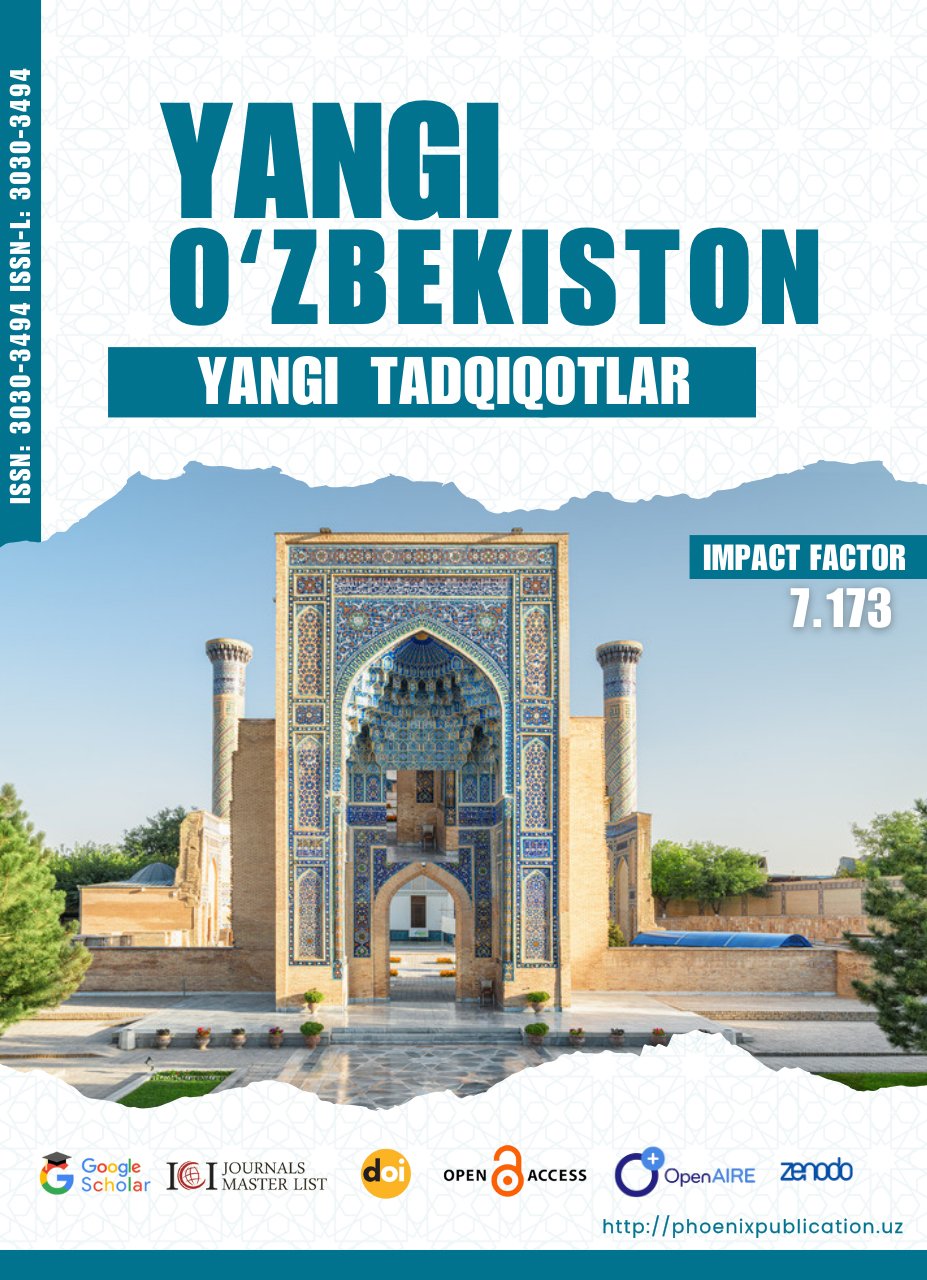Abstract
This study examines the paradoxical role of GDP in CO₂ emissions through a sector-attributed analysis of 23 years of national data. While GDP shows a significant negative relationship with total CO₂ emissions in isolation (β = -6.08e⁻¹¹, p = 0.004), its effect becomes statistically insignificant when accounting for sectoral emissions (p = 0.133). The perfect multicollinearity (VIFs > 10) between GDP and sectoral CO₂ components reveals that economic growth serves as a proxy for aggregated emission sources rather than an independent driver. Elasticity analysis confirms this decoupling, with a significant negative GDP elasticity (β = -0.130, p < 0.001). These findings challenge conventional EKC assumptions, suggesting that GDP-centric climate policies may overlook critical sectoral heterogeneities in emission dynamics.
References
1. Acheampong, A. O. (2018). Economic growth, CO2 emissions and energy consumption: What causes what and where? Journal of Cleaner Production, 197, 1432–1450. https://doi.org/10.1016/j.jclepro.2018.05.065
2. Al-Mulali, U., Ozturk, I., & Lean, H. H. (2015). The influence of economic growth, urbanization, and environmental degradation in the BRICS countries. Energy Economics, 50, 312–320. https://doi.org/10.1016/j.eneco.2015.01.010
3. Dogan, E., & Turkekul, B. (2016). CO2 emissions, real output, energy consumption, trade, urbanization and financial development: Testing the EKC hypothesis for the USA. Renewable and Sustainable Energy Reviews, 54, 1412–1419. https://doi.org/10.1016/j.rser.2015.05.078
4. Hao, Y., Zhu, L., & Ye, M. (2016). The dynamic relationship between energy consumption, investment and economic growth in China’s industrial sector. Journal of Cleaner Production, 135, 831–839. https://doi.org/10.1016/j.jclepro.2016.03.147
5. Li, K., Lin, B., & Ouyang, X. (2017). The nexus of energy consumption, economic growth and CO2 emissions in BRICS countries. Energy Policy, 104, 297–305. https://doi.org/10.1016/j.enpol.2016.12.017
6. Mardani, A., Streimikiene, D., Cavallaro, F., Loganathan, N., & Khoshnoudi, M. (2019). Carbon dioxide (CO2) emissions and economic growth: A systematic review. Science of the Total Environment, 650, 2798–2811. https://doi.org/10.1016/j.scitotenv.2018.09.236
7. Mikayilov, J. I., Galeotti, M., & Hasanov, F. J. (2018). The impact of economic growth on CO2 emissions in Azerbaijan. Journal of Cleaner Production, 197, 1558–1572. https://doi.org/10.1016/j.jclepro.2018.06.235
8. Ozcan, B., Apergis, N., & Shahbaz, M. (2018). The environmental Kuznets curve hypothesis in the Middle East: A panel data approach. Environmental Impact Assessment Review, 73, 135–143. https://doi.org/10.1016/j.eiar.2018.07.004
9. Saboori, B., Sulaiman, J., & Mohd, S. (2017). Economic growth and CO2 emissions in OECD countries: Testing the environmental Kuznets curve hypothesis. Energy Policy, 104, 641–649. https://doi.org/10.1016/j.enpol.2017.03.011
10. Shahbaz, M., Solarin, S. A., & Ozturk, I. (2017). Globalization, economic growth and energy consumption in the BRICS region: The importance of CO2 emissions. Energy Economics, 66, 204–213. https://doi.org/10.1016/j.eneco.2016.11.016
11. Wang, S., Li, G., & Fang, C. (2019). Urbanization, economic growth, energy consumption, and CO2 emissions: Empirical evidence from China. Applied Energy, 235, 1439–1447. https://doi.org/10.1016/j.apenergy.2018.12.047
12. Zoundi, Z. (2017). CO2 emissions, renewable energy and the Environmental Kuznets Curve, a panel cointegration approach. Renewable and Sustainable Energy Reviews, 72, 1067–1075. https://doi.org/10.1016/j.rser.2016.11.036
